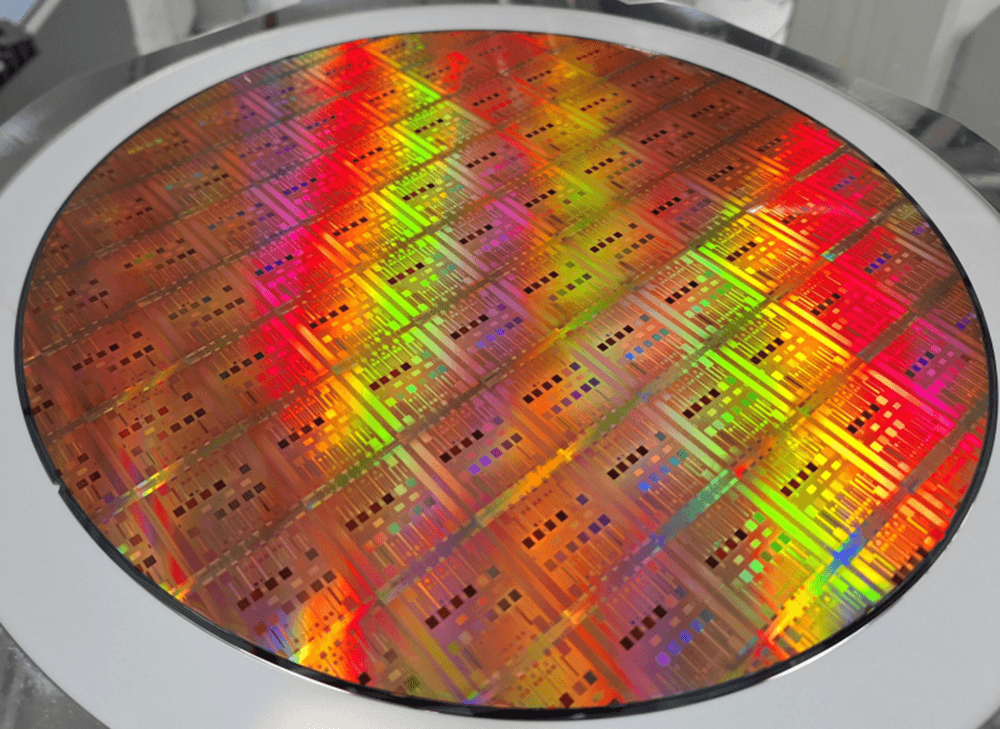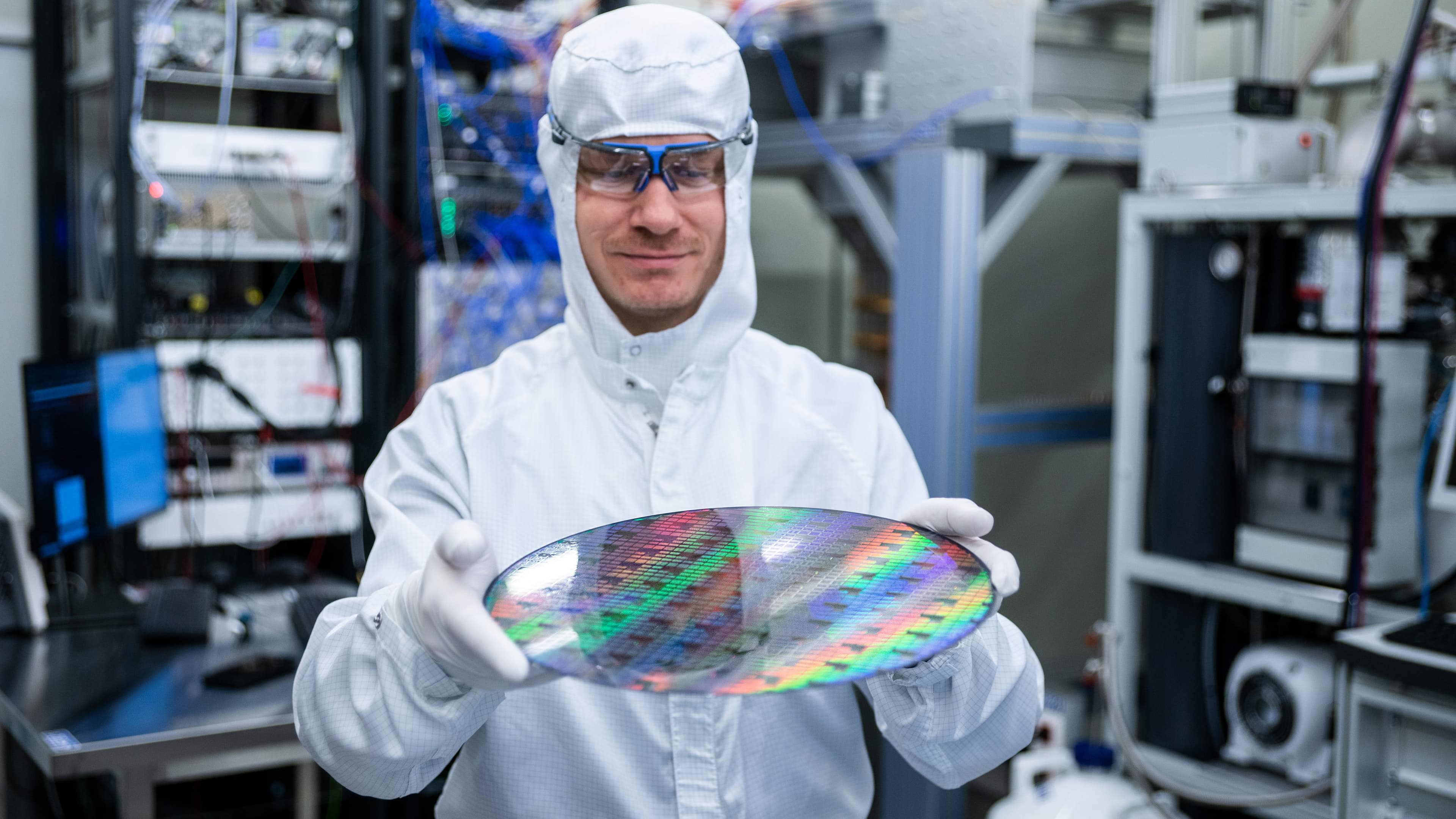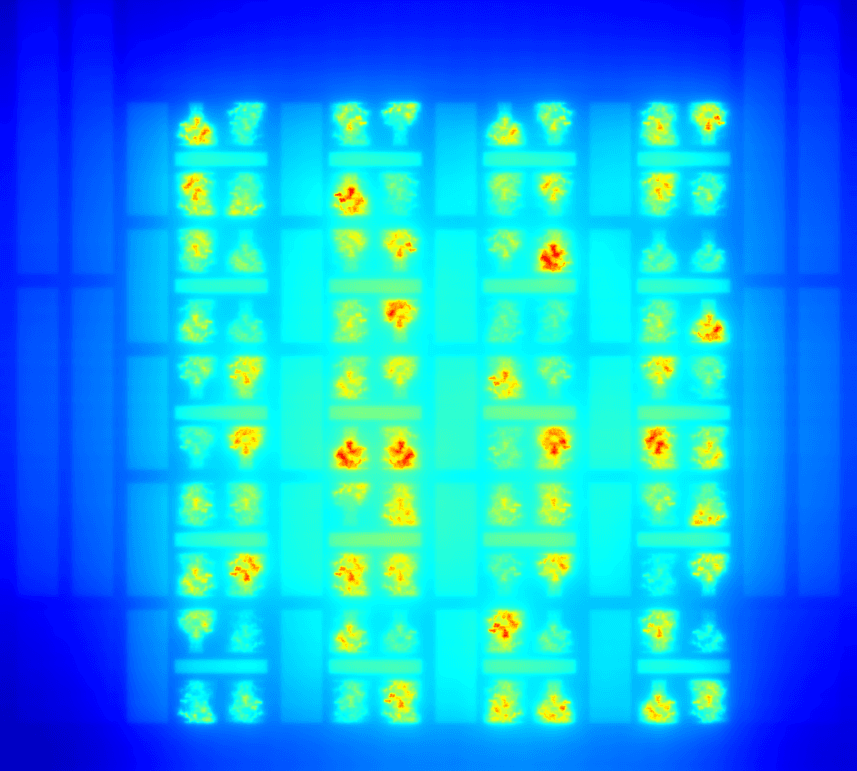IDRad
Introduction
Smart sensing of the environment is a crucial property of future surveillance systems. Modern systems widely use video cameras to collect information from their surroundings. However, video cameras possess fundamental deficiencies such as the inability to handle low-light environments, poor weather conditions, and concealing clothing.
In contrast, active sensors such as compact radar devices are able to sense in pitch-dark environments, see through walls, and much more. The use of micro-Doppler (MD) signatures is a popular feature for several classification tasks such as activity recognition, person identification, etc. Unfortunately, the lack of public data sets hampers the fair comparison among different algorithms. Therefore, we provide the fully annotated IDRad data set, constructed for the identification of a set of persons based on their gait characteristics. In [1] we employ deep Convolutional Neural Networks to classify five targets based on 3s MD segments. A complete overview of this study can be found in our published paper at https://ieeexplore.ieee.org/abstract/document/8333730/.
In case you find the data set useful, please cite the accompanying paper [1].
More information on our team can be found at http://www.idlab.ugent.be and http://www.sumo.intec.ugent.be/.
[1] B. Vandersmissen et al., "Indoor Person Identification Using a Low-Power FMCW Radar," in IEEE Transactions on Geoscience and Remote Sensing.
doi: 10.1109/TGRS.2018.2816812
Summary
IDRad was retrieved using a Frequency Modulated Continuous Wave (FMCW) radar with a center frequency of 77GHz. The data set consists of 150 minutes of annotated micro-Doppler data equally spread over five targets and two different rooms. The training, validation, and test sets are split based on the recording rooms and comprise of 100, 25, and 25 minutes, respectively. All the subjects are males between 23 and 32 years old with comparable postures. Their weights range from 60 to 99kg and their heights range from 178 to 185cm.
Table I: Physical characteristics of the targets.
|
Target ID |
Age |
Height (cm) |
Weight (kg) |
|
1 |
23 |
178 |
82 |
|
2 |
32 |
185 |
99 |
|
3 |
28 |
180 |
79 |
|
4 |
24 |
182 |
60 |
|
5 |
28 |
179 |
71 |
Given that the FMCW radar captures the range-Doppler maps with an average speed of 15 FPS, the training set contains 95,650 frames, while the validation and test set contain 22,535 frames each. One frame represents one time step in the MD signature and is depicted by 256 Doppler channels (i.e., the sum over all range channels per Doppler channel of one range-Doppler map). For both the validation and test set, we generate samples by cutting up the MD signal into windows with a length of 45 frames (representing 3s of data) with an overlap of 1s, thus resulting in 1,490 samples.
Table II: Data set statistics
|
Target ID |
Train Set |
Validation Set |
Test Set |
|||
|
|
# Files |
# Frames |
# Files |
# Frames |
# Files |
# Frames |
|
1 |
32 |
19074 |
1 |
4507 |
1 |
4507 |
|
2 |
32 |
19074 |
1 |
4507 |
1 |
4507 |
|
3 |
31 |
18895 |
1 |
4507 |
1 |
4507 |
|
4 |
32 |
19074 |
1 |
4507 |
1 |
4507 |
|
5 |
3 (*) |
19533 |
1 |
4507 |
1 |
4507 |
(*) For ‘target 5’ the first recording of five minutes was done in two stretches instead of 30 stretches of shorter fragments.
Download
This content is only visible on the desktop version of this website.











